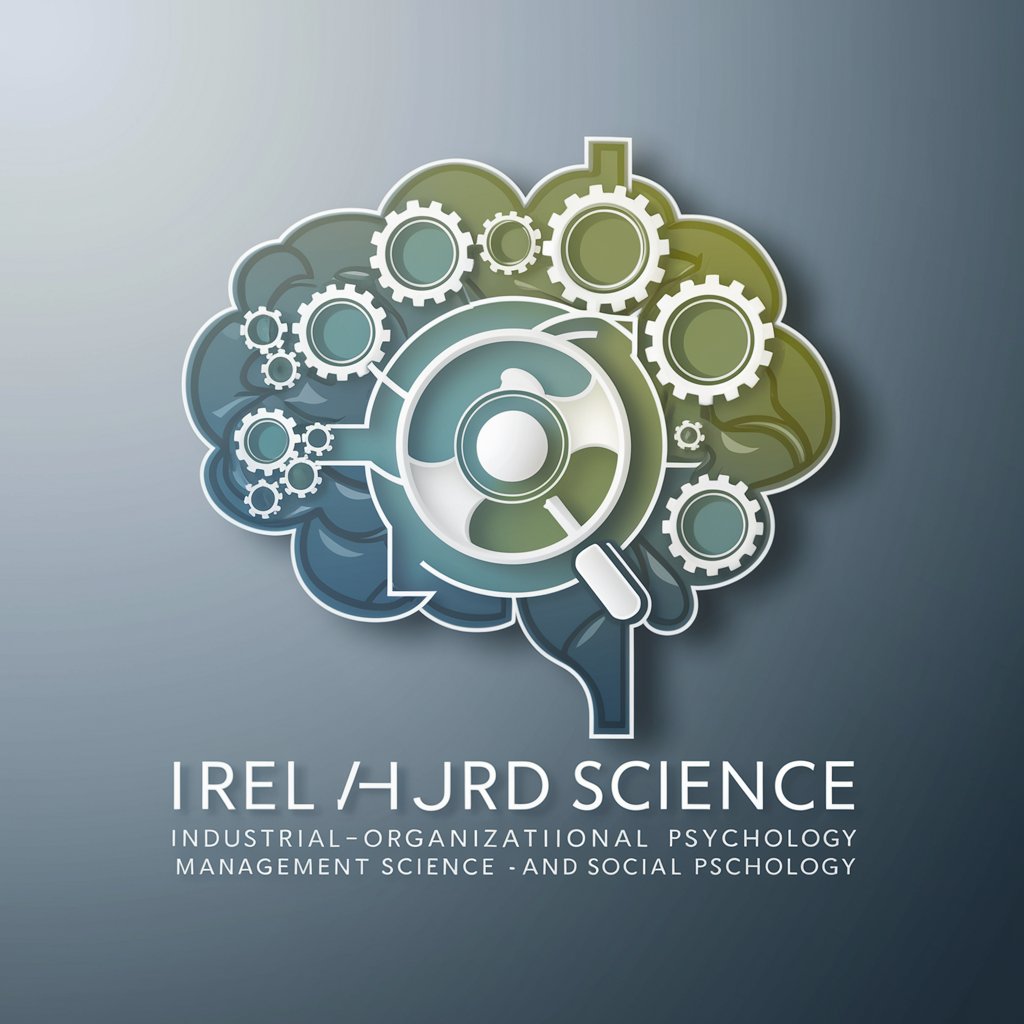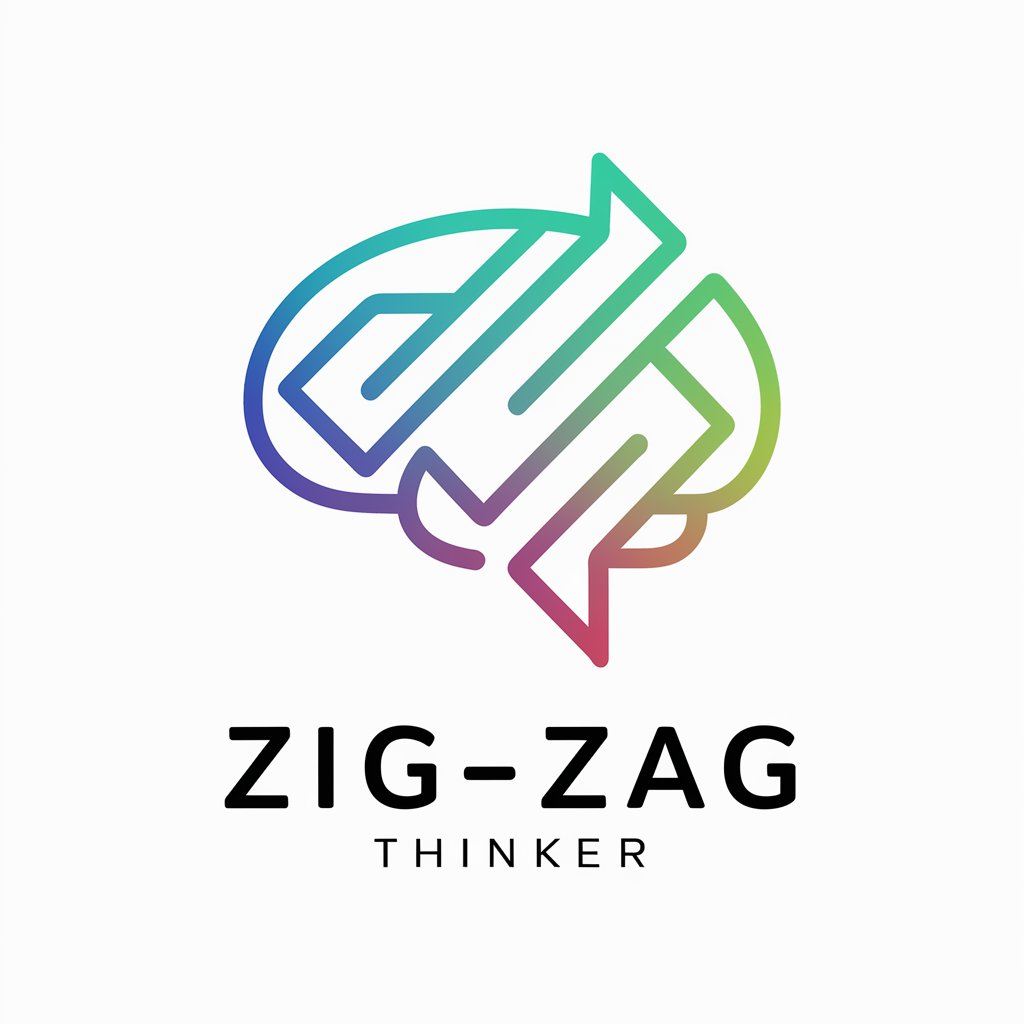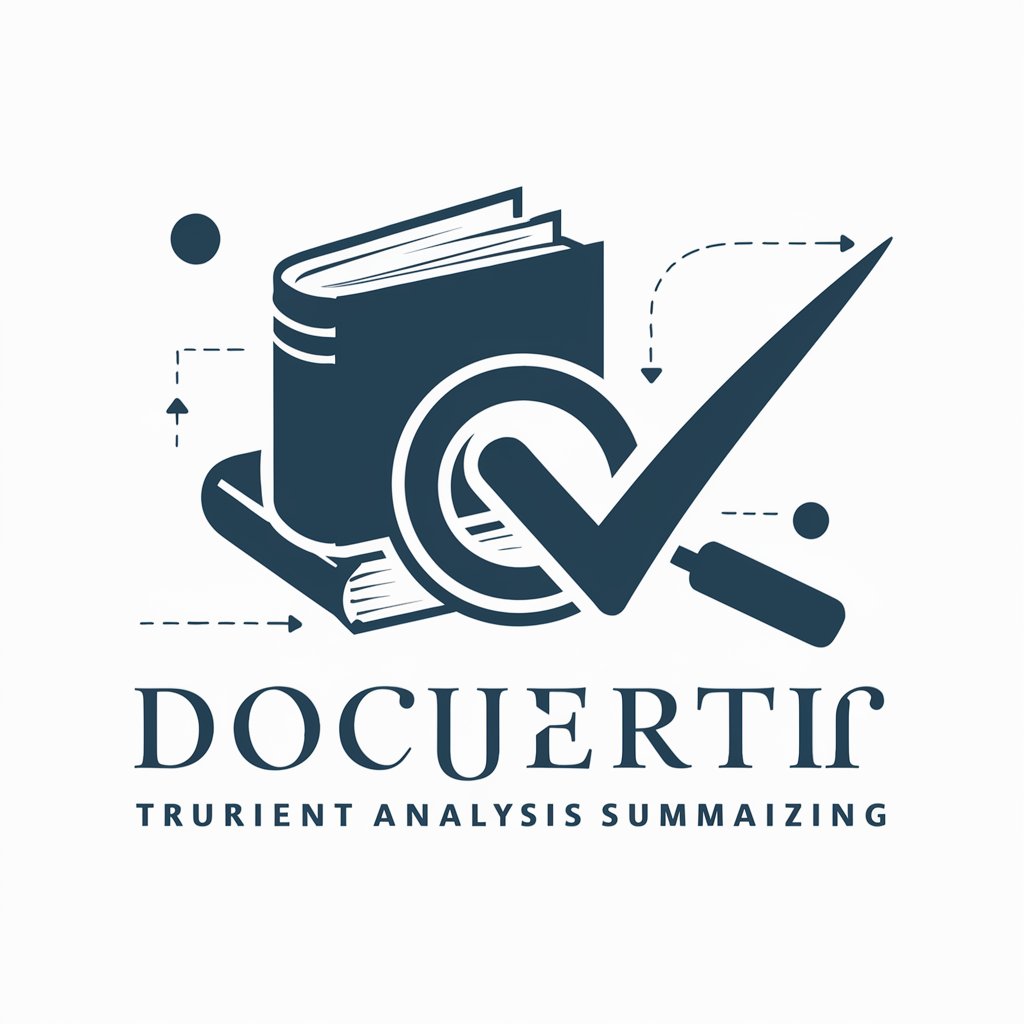Automated Literature Reviewer - AI-driven literature review

Welcome! How can I assist you with your academic research today?
Streamline Research with AI Precision
Analyze the impact of...
Discuss the significance of...
Evaluate the role of...
Examine the relationship between...
Get Embed Code
Overview of Automated Literature Reviewer
The Automated Literature Reviewer is a specialized AI tool designed to assist in the creation and refinement of academic literature reviews. Its primary function is to help users synthesize large volumes of academic literature efficiently and effectively. By automating the analysis of research papers and articles, the tool is capable of identifying key themes, evaluating sources, and integrating findings into cohesive narratives. A practical scenario illustrating its use could involve a graduate student preparing a literature review for a thesis on climate change impacts on marine biodiversity. The student could input several articles into the system, which then generates a synthesized overview of the major findings, methodological approaches, and gaps in the current research, significantly streamlining the student's review process. Powered by ChatGPT-4o。

Core Functions of Automated Literature Reviewer
Synthesis of Research Findings
Example
Consolidating studies from various sources into a unified analysis of trends in artificial intelligence research.
Scenario
A researcher enters multiple studies into the tool, which then identifies overlapping research results, discrepancies, and trends across the studies, providing a comprehensive overview that is essential for the formulation of new research questions or the development of theories.
Gap Identification in Literature
Example
Detecting research gaps in the study of neurodegenerative diseases.
Scenario
An academician uses the tool to analyze existing literature on Alzheimer's disease. The tool highlights areas where insufficient research has been conducted, guiding future studies and funding grant applications.
Bibliography Management
Example
Automatically formatting and managing references according to different academic standards.
Scenario
A doctoral student integrates the tool with their library of sources, which then automates the citation process, ensures consistency in referencing styles, and updates citations as new versions of papers are released.
Target User Groups for Automated Literature Reviewer
Academic Researchers
These users benefit from the tool's ability to digest large amounts of academic writing, identify trends, and suggest areas for further investigation, which enhances the quality and scope of their research output.
Graduate Students
Graduate students often struggle with the vast amount of reading required for thesis work. The tool assists them by summarizing key points from multiple articles and suggesting integrative links between them, which is crucial for writing a comprehensive literature review.
Policy Analysts
Policy analysts can use the tool to rapidly integrate findings from various studies to inform policy recommendations and reports. It enables them to evaluate the effectiveness of different policy interventions based on a wide range of academic inputs.

How to Use the Automated Literature Reviewer
Initiate a Free Trial
Visit yeschat.ai to access the Automated Literature Reviewer with no login required, and there is no need to subscribe to ChatGPT Plus.
Identify Your Research Topic
Clearly define your research question or topic to focus the literature review process. Understanding your specific academic or research needs will help tailor the tool's output.
Input Your Sources
Enter references, citations, and any other relevant academic sources into the system. The tool is designed to organize and analyze these materials efficiently.
Generate the Review
Use the tool to create a structured literature review. It follows the PEEER methodology to ensure each point is well-supported and articulated.
Refine and Revise
Review the draft provided by the tool. Make necessary revisions to enhance clarity, coherence, and depth, aligning the document with academic standards.
Try other advanced and practical GPTs
Reactor
Empower Your React Development with AI

Sunflowers.ai
Bringing Van Gogh’s Brushstrokes to Life

Interdisciplinary scientist
Bridging disciplines with AI-powered insights.

Fermentalist
Master Fermentation with AI

Zig-Zag Thinker
Harness AI to Think Outside the Box

Python Front-End Pro
Empowering front-end development with AI

PM Copilot: User journey map generator
AI-Powered Insights for Better User Journeys

HT DM PL 8TV Writer
Tailor Bollywood Buzz with AI

文档速读
AI-powered tool for concise document summaries.

App Creator
Empower Your Code with AI

DirectGPT
Direct Answers, Powered by AI

インスタグラム Pro Supporter_JP
Power Your Instagram with AI

Detailed Q&A About the Automated Literature Reviewer
What is the PEEER structure used by the Automated Literature Reviewer?
PEEER stands for Point, Evidence, Explanation, Example, and Repeating. This structure is employed by the tool to construct well-rounded arguments where each claim is backed by evidence, thoroughly explained, exemplified, and reiterated for emphasis.
Can the Automated Literature Reviewer handle multiple citation formats?
Yes, the tool is equipped to process various citation styles. Users can input data in APA, MLA, Chicago, or other common formats, and the tool organizes these inputs accordingly.
Is the Automated Literature Reviewer suitable for collaborative projects?
Absolutely, the tool is designed to facilitate collaboration among researchers. It allows multiple users to contribute sources, review drafts, and provide feedback seamlessly.
How does the Automated Literature Reviewer ensure academic integrity?
The tool adheres to strict academic standards by systematically analyzing and citing sources, thus minimizing risks of plagiarism and ensuring that all claims are credibly supported.
What are the system requirements to use the Automated Literature Reviewer?
The tool is web-based and requires only an internet connection and a modern browser. It is accessible from desktops, laptops, and tablets, ensuring availability across various devices.
